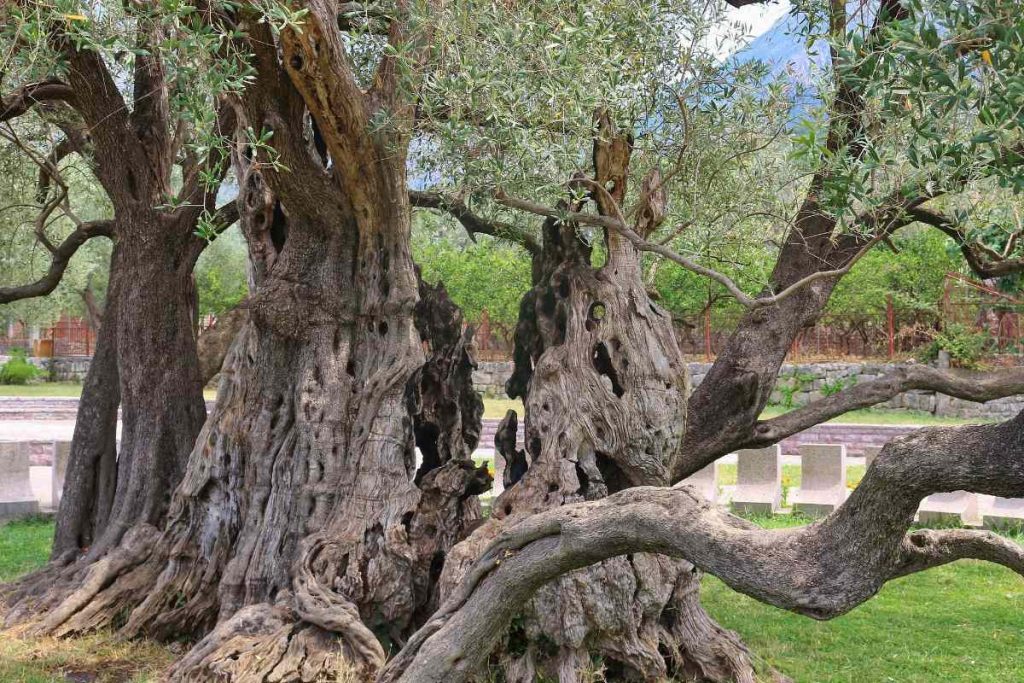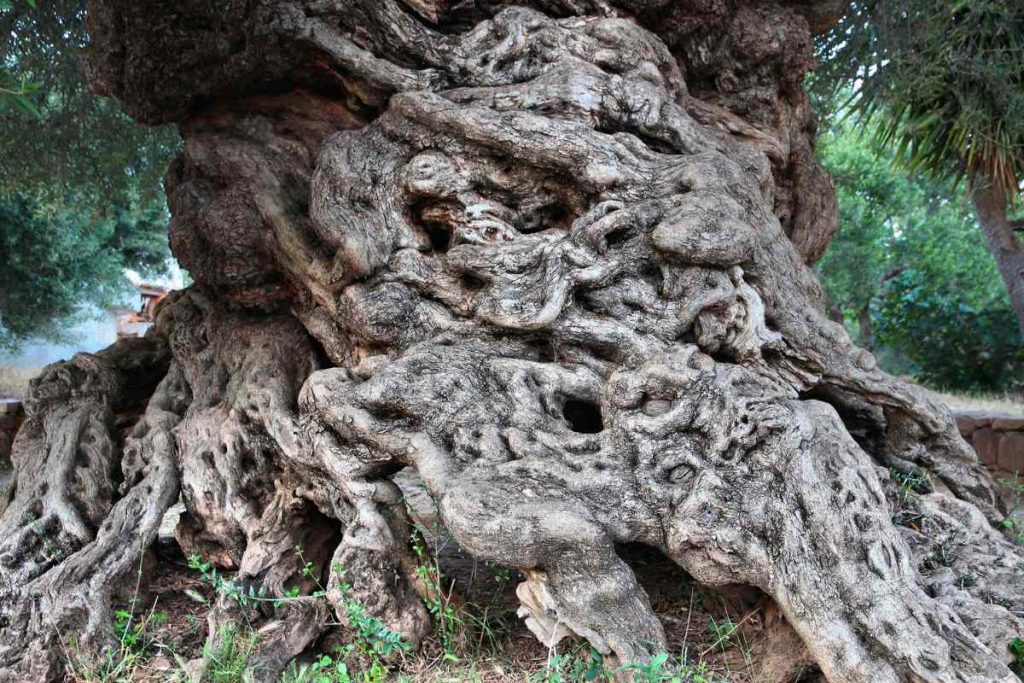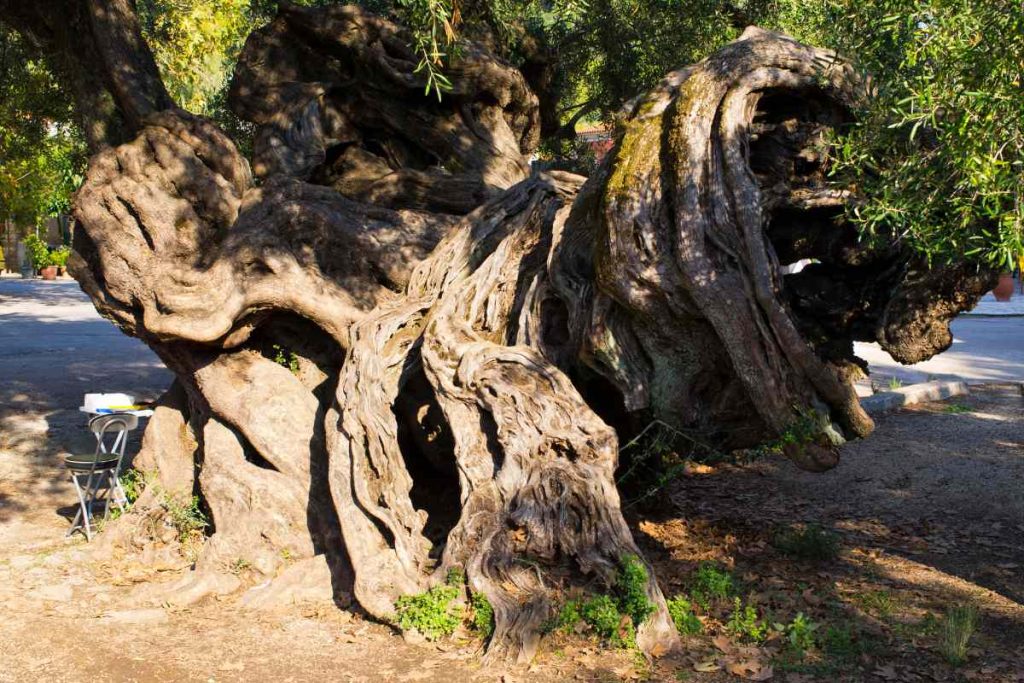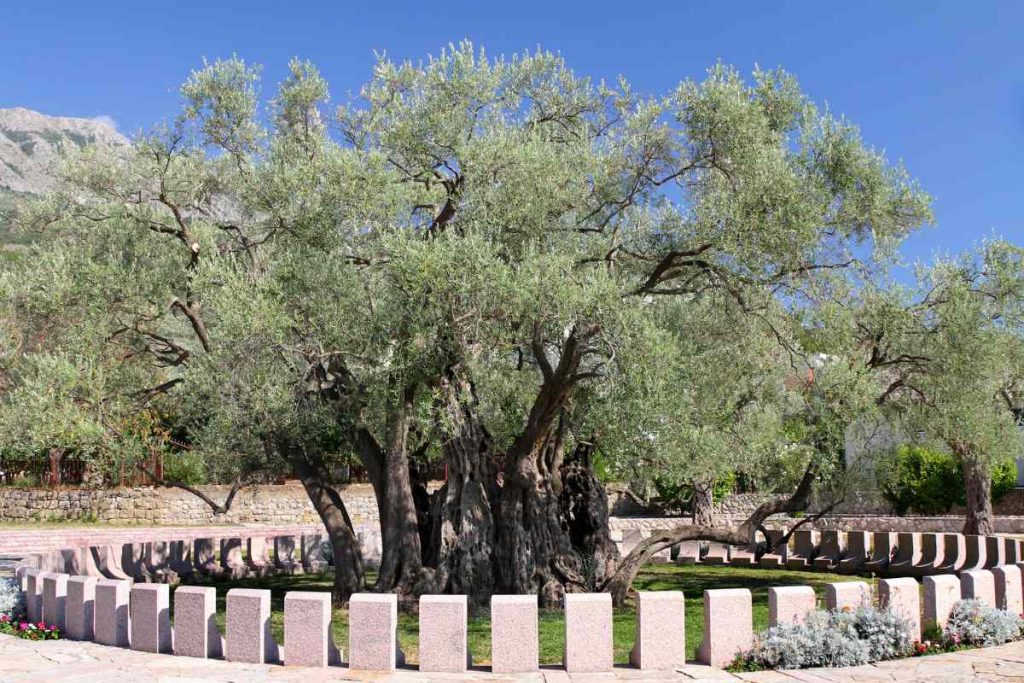The oldest olive tree is one of the most iconic and revered trees in the world. Its significance can be traced back thousands of years, with its roots deeply embedded in history and culture. Among the countless olive trees that have stood the test of time, there is one that stands out as the oldest of them all.
This ancient tree, believed to be over 2,000 years old, holds a special place in the hearts of many and serves as a living testament to the enduring power of nature.
Table of Contents
The History and Significance of the Olive Tree
The olive tree played a vital role in the civilizations of ancient Greece, Rome, and Egypt. It was not only a source of food and oil but also held great symbolic and mythological significance. In ancient Greece, the olive tree was associated with Athena, the goddess of wisdom and warfare.
According to mythology, Athena gifted the olive tree to the city of Athens, which then became her sacred tree. The Romans also highly regarded the olive tree, associating it with peace and prosperity. Olive branches were used as symbols of peace during the Olympic Games and were also awarded to victorious athletes.
The Discovery of the World’s Oldest Olive Tree

The world’s oldest olive tree was discovered in the village of Ano Vouves on the Greek island of Crete. The tree was found by a local farmer named Yiorgos Hatziparaschos in 2008 while he was clearing his land.
To his surprise, he stumbled upon a massive olive tree with a trunk so wide that it took several people to encircle it. The discovery quickly gained attention from archaeologists and historians, who were eager to determine the age and significance of this ancient tree.
The Age and Characteristics of the Oldest Olive Tree
After extensive research and analysis, experts estimated that the world’s oldest olive tree is over 2,000 years old. This makes it one of the oldest living trees in the world. The tree stands at an impressive height of 15 meters and has a trunk circumference of 12.5 meters.
Its branches stretch outwards, providing shade and shelter to those who seek refuge beneath its ancient canopy. The tree’s gnarled and twisted trunk is a testament to the many years it has weathered, surviving droughts, storms, and the passage of time.
The Cultural and Economic Importance of the Olive Tree

The olive tree has had a profound impact on the culture and economy of the Mediterranean region. The olive industry is a significant contributor to the economies of countries such as Greece, Italy, Spain, and Tunisia.
Olive oil, one of the most valuable products derived from olives, is not only a staple in Mediterranean cuisine but also highly sought after worldwide. The olive tree has also been a source of inspiration for artists, writers, and religious figures throughout history. Its symbolism and beauty have been captured in countless works of art, literature, and religious texts.
The Role of the Olive Tree in Mediterranean Cuisine
The olive tree is synonymous with Mediterranean cuisine, where olives and olive oil are essential ingredients in many dishes. Olives are enjoyed in various forms, from table olives to olive paste and tapenades.
Olive oil is used for cooking, dressing salads, and even as a dip for bread. The health benefits of incorporating olives and olive oil into one’s diet are well-documented. They are rich in monounsaturated fats, antioxidants, and anti-inflammatory compounds that promote heart health, reduce inflammation, and protect against chronic diseases.
The Threats Facing the Oldest Olive Tree and Other Ancient Trees

Despite their resilience and longevity, ancient trees like the world’s oldest olive tree face numerous threats that endanger their survival. Climate change, deforestation, and urbanization are some environmental factors that pose a significant risk to these ancient giants.
Rising temperatures, droughts, and extreme weather events can weaken the trees and make them more susceptible to disease and pests. Human activities such as logging, land clearing, and pollution also contribute to the decline of ancient trees and their ecosystems.
The Conservation Efforts to Protect the Oldest Olive Tree
Recognizing the importance of preserving ancient trees like the world’s oldest olive tree, conservation efforts have been initiated to protect and safeguard these natural wonders. Local communities, environmental organizations, and government agencies have come together to implement measures that promote the conservation and sustainable management of ancient trees. These efforts include establishing protected areas, implementing reforestation programs, and raising awareness about the value and significance of ancient trees.
The Future of the World’s Oldest Olive Tree and Its Legacy
The survival of the world’s oldest olive tree is not only a testament to its resilience but also holds great significance for future generations. Its legacy serves as a reminder of the power and beauty of nature and the need to protect and preserve our natural heritage.
The tree’s continued existence can inspire future conservation efforts and serve as a symbol of hope in the face of environmental challenges. By taking action to protect ancient trees like the world’s oldest olive tree, we can ensure that their legacy lives on for generations to come.
Conclusion
The world’s oldest olive tree is a living testament to the enduring power of nature and the rich history and culture associated with the olive tree. Its age, characteristics, and cultural significance make it a truly remarkable natural wonder. However, ancient trees like this face numerous threats that endanger their survival.
It is crucial that we take action to protect and preserve these ancient giants, not only for their own sake but also for the benefit of future generations. By recognizing the value and significance of ancient trees and implementing conservation efforts, we can ensure that their legacy lives on and continues to inspire awe and wonder for years to come.
More Sources: Top 10 Oldest Trees Around The World and Their Significance
